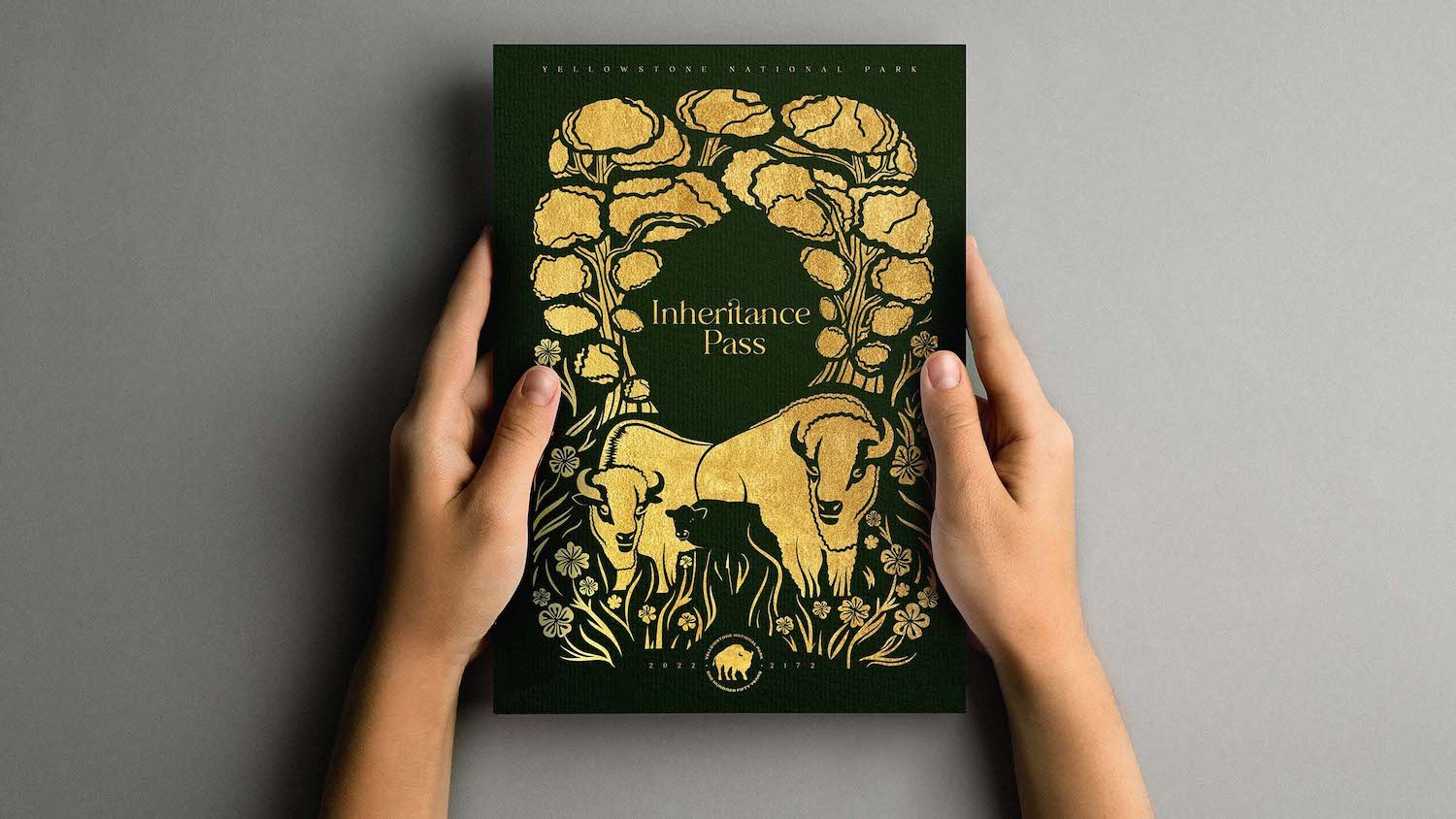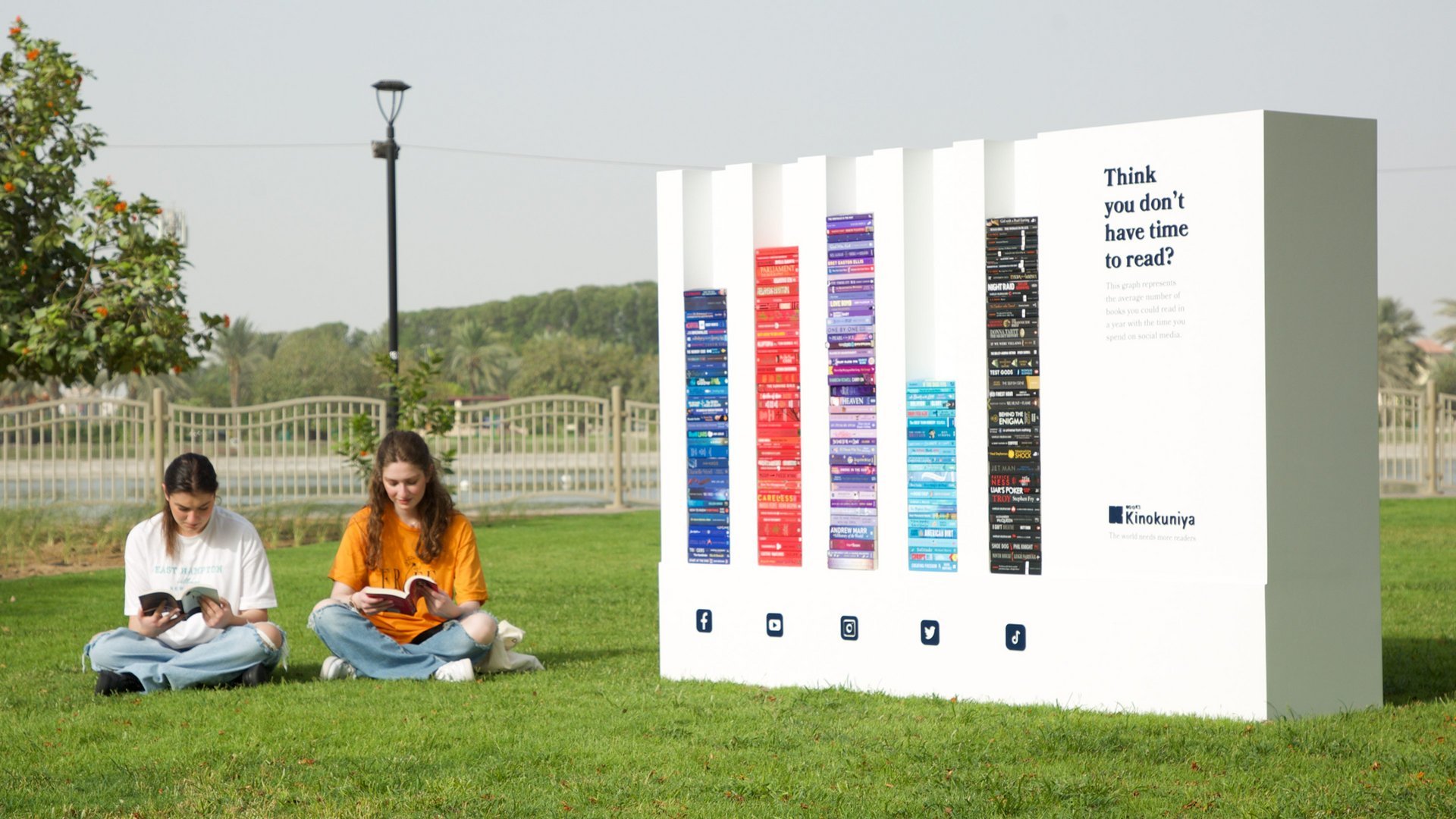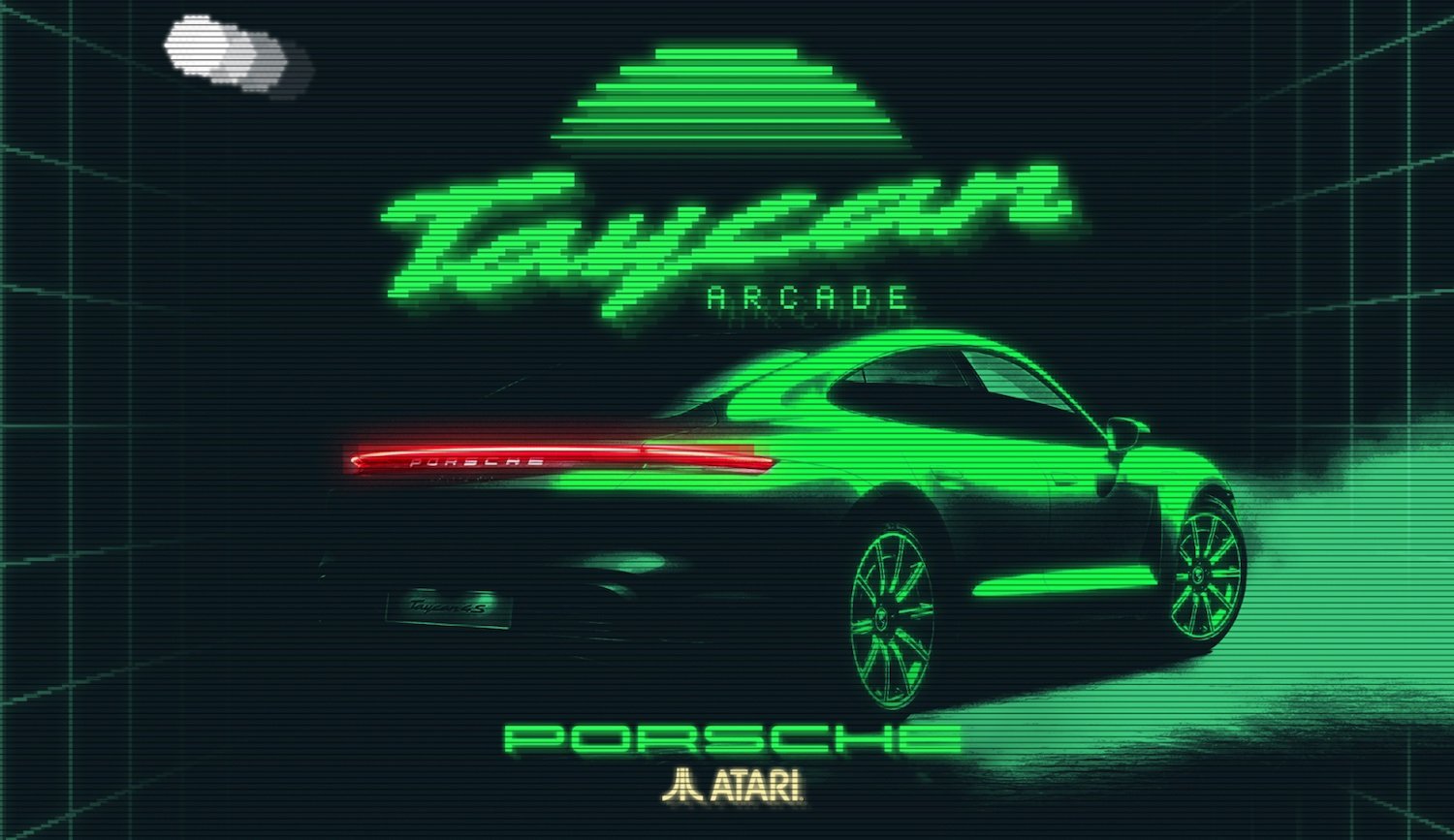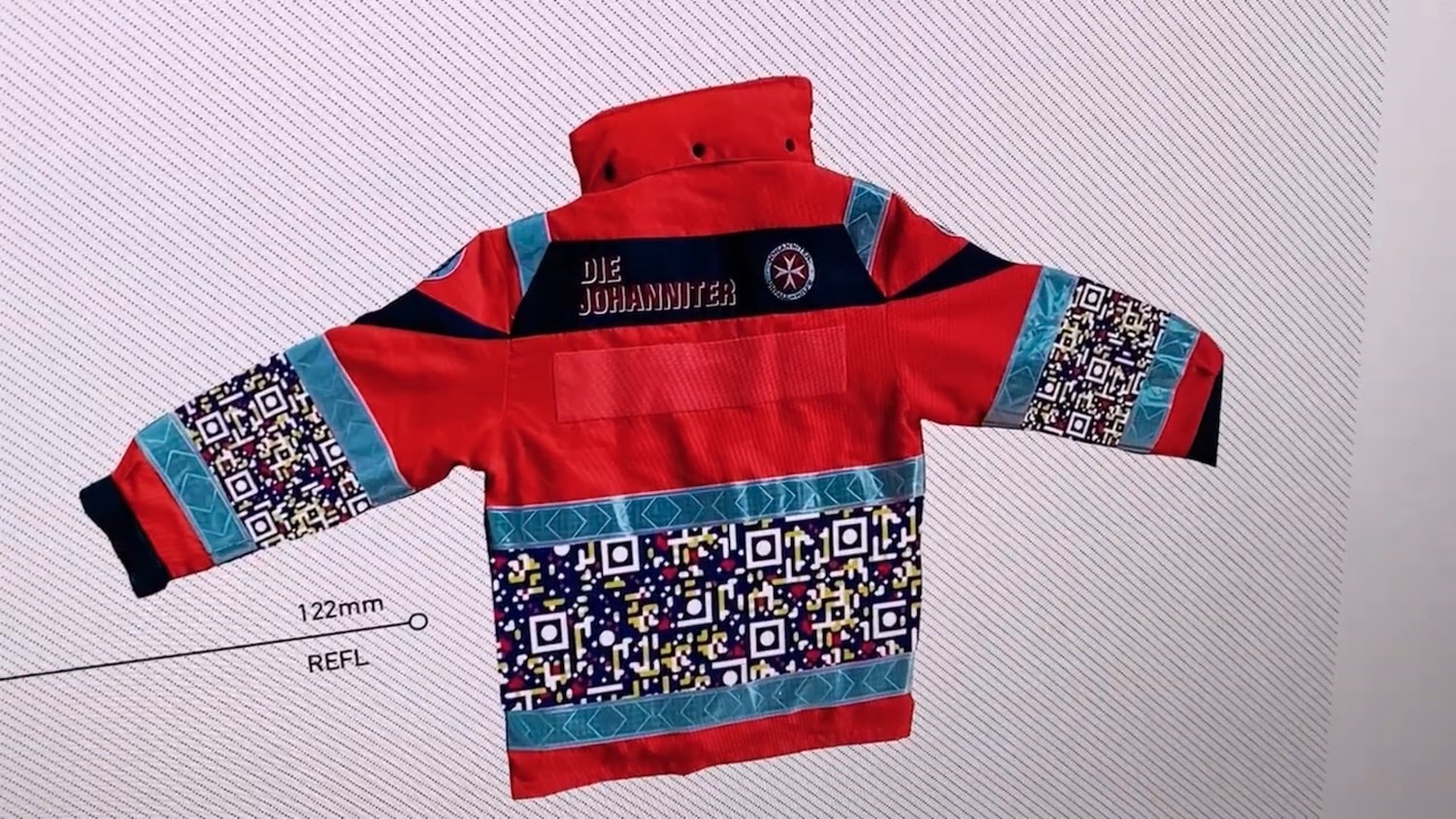
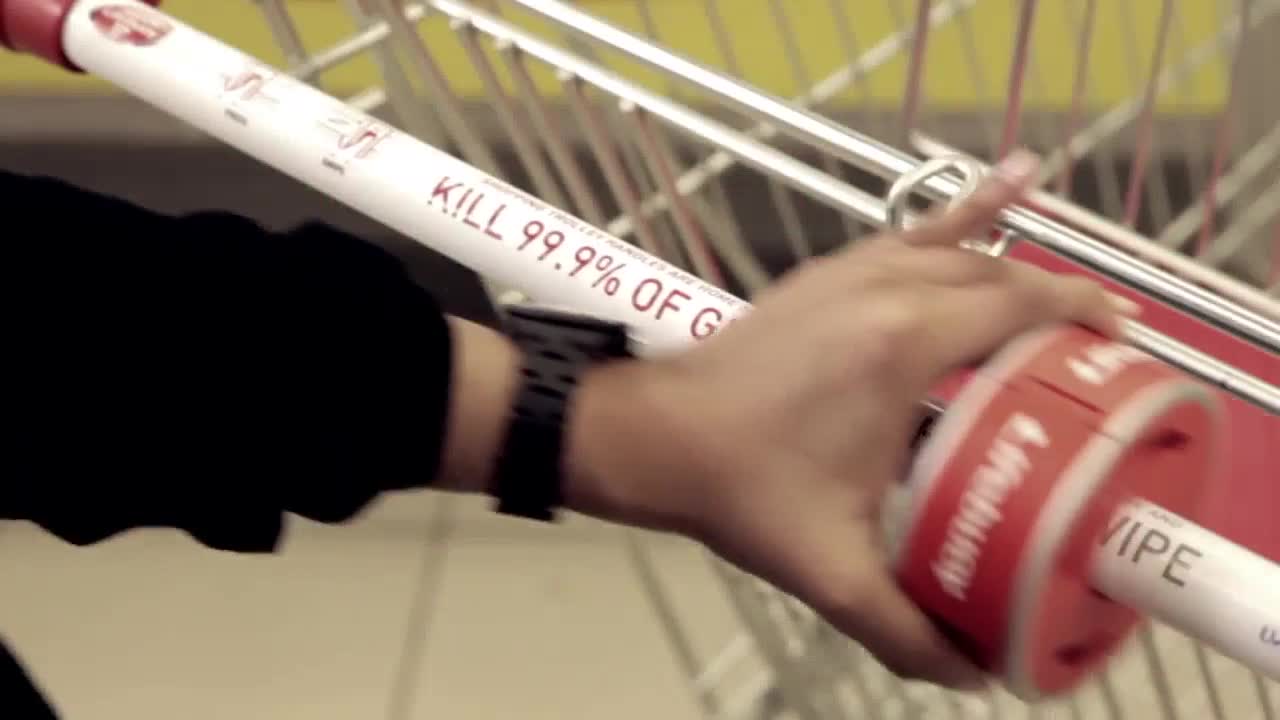
How shortcuts affect behaviour
Certain ways of presenting information can bypass barriers and get people to act.
It’s impossible to deal with the myriad of decisions that we have to make at every single moment without some sort of coping mechanism. Our brain uses a series of mental shortcuts (heuristics and biases) to reduce the stress of understanding the stimuli that surround us.
Using shortcuts triggers
Shortcuts Triggers are best to tackle Shopper jobs, where persuasive messages need to be communicated fast and effectively. It includes demos and sampling. With the brief at hand, try asking yourself the following questions:
(click on them for details and examples)
A bit more on shortcuts
The notion of Slow and Fast Thinking plays a huge role here. The way the brain works is susceptible to mental shortcuts. These ‘tricks’ are commonly described as biases and heuristics, which we can take to our advantage to synthesise complex information in a way the brain can manage.

Great ideas using shortcuts
Dated Pillows | Happy Soldiers Sydney for Tontine

Handle on Hygiene | Geometry Dubai for Lifebuoy

More recent ideas using shortcuts
(check Activation Ideas for even more case studies using Shortcuts.
If you want to learn more about shortcuts
Neuromarketing and behavioural economics touch on this topic extensively. Perhaps Nobel laureate Daniel Kahneman is the one of the authors who captured it best.
Other triggers
There’s much more than Shortcuts to influence people’s behaviour. Check out all the other Behavioural Triggers to learn more.
Creative Consultant and Workshop Facilitator





